My Wall is Actively Leaking!

Better Than a Finger in the Dike!
Remember the story about the little boy who stopped a leak in a dike in Holland by sticking his finger in it? You can't do that with concrete! A crack is continuous, and water may come through at one spot, but may also come in at multiple locations.
I recently did a job during a heavy downpour. When I arrived, the water was seeping through the crack. They had tried patching it with a clear silicone caulk, which had failed. Surface treatments don't work! Here is a video of the leak as I found it on my arrival: https://youtu.be/IZVOf2Bvk-8
Our process requires opening up the crack & inserting pipes so we can inject the urethane resin. As it rained harder & harder, the water came shooting out my pipes! One of the cool things about urethane is that it requires water to be present in order to react & form its final product, hydrophobic urethane foam. As I injected from below - you can see the gun in the video toward the bottom - the resin reacted with the water & climbed the crack, coming out 2 pipes up. The pipe in the middle had been capped before we started shooting the video. Here is that cool video: https://youtu.be/dD9-aMP1UiM
After the injection is complete, we cut off the pipes, smooth out the hydraulic cement, and cover it with a rubber caulk. The bubbles in the video are not water, but air from pressing the caulk in. Here is the final product: https://youtu.be/qL41HhWL1tI
The dikes in the Netherlands are earthen. Urethane injection wouldn't work on those! Good thing that kid was there!
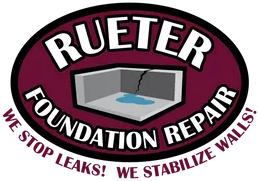



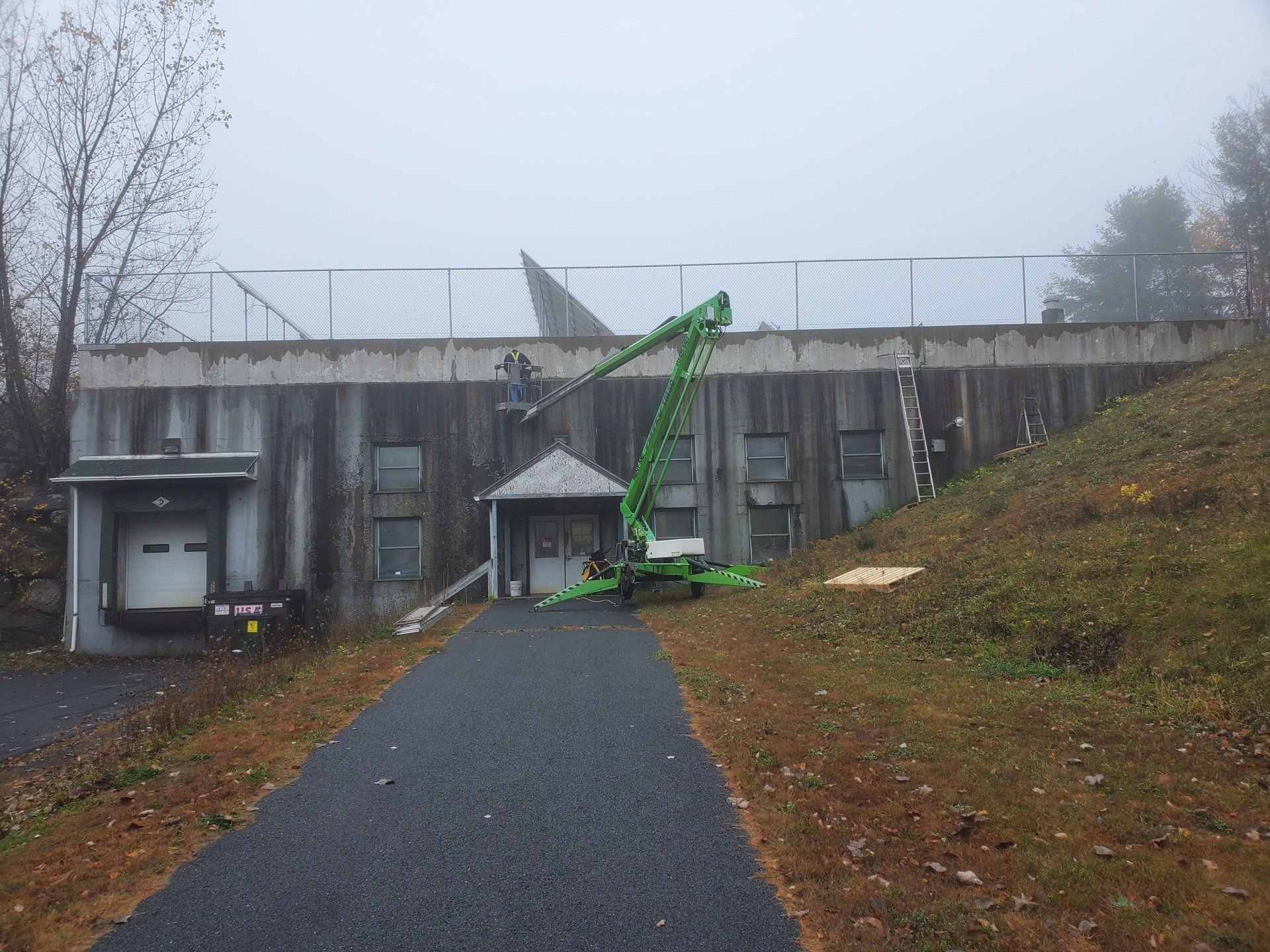
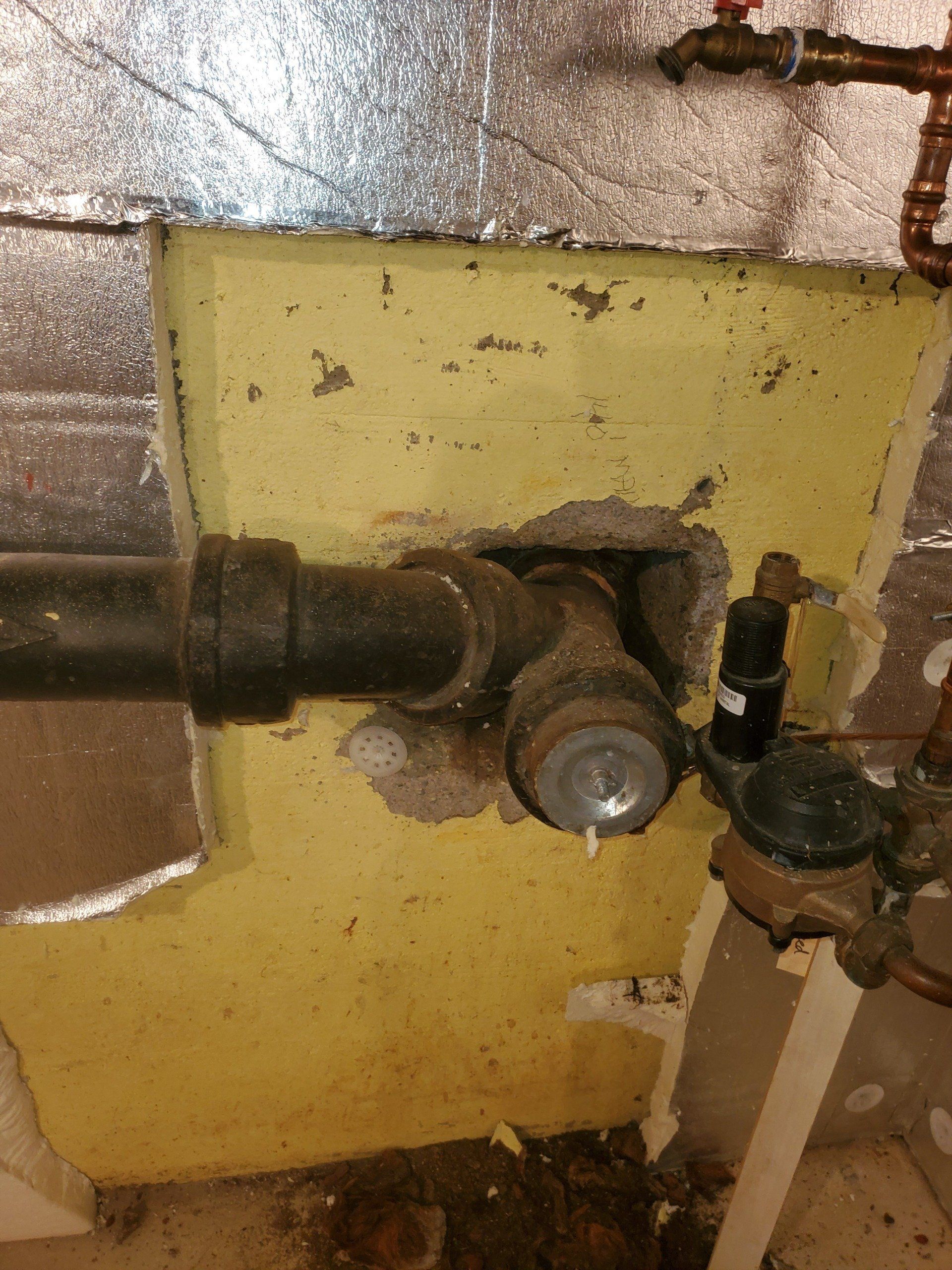
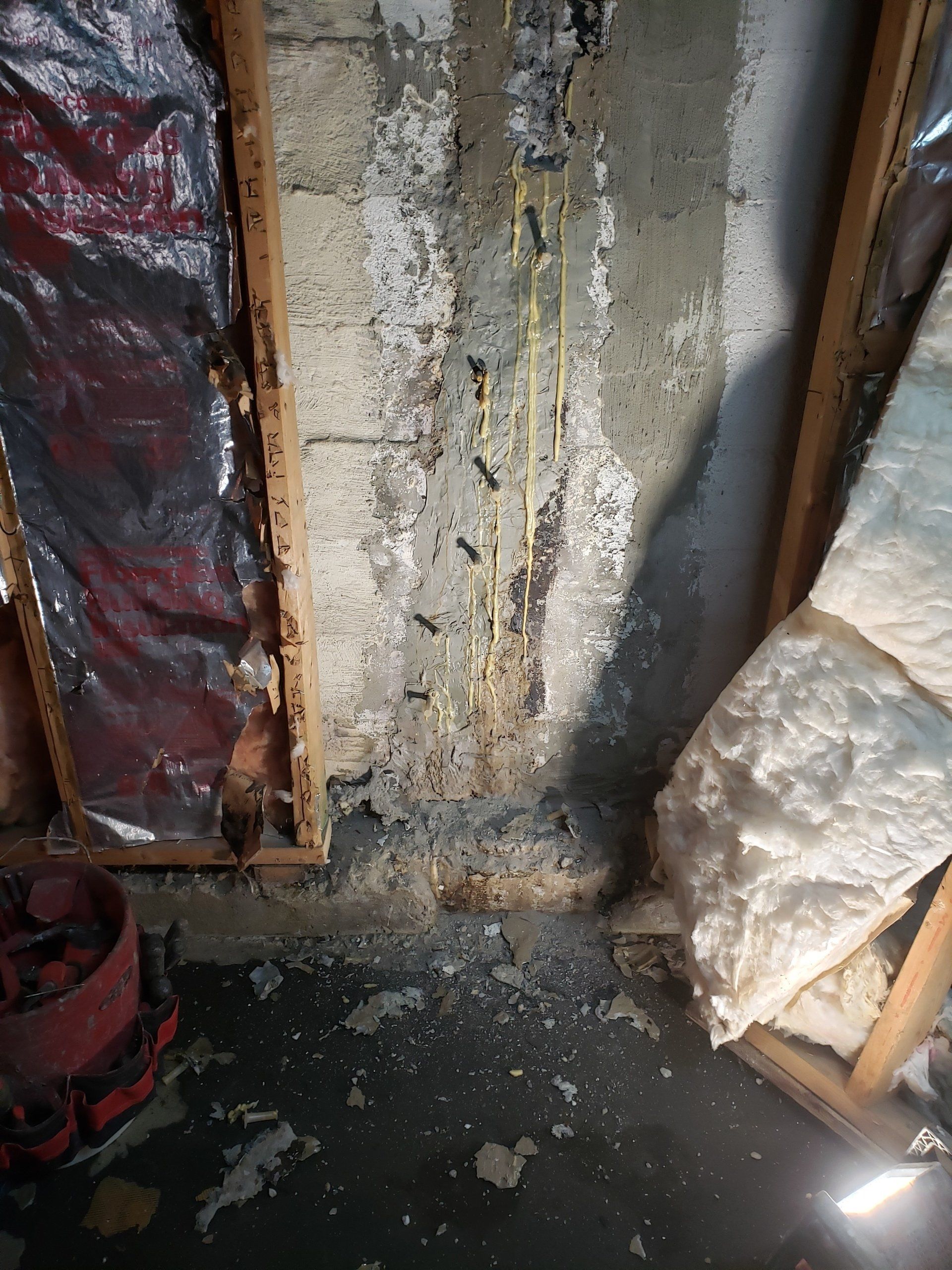

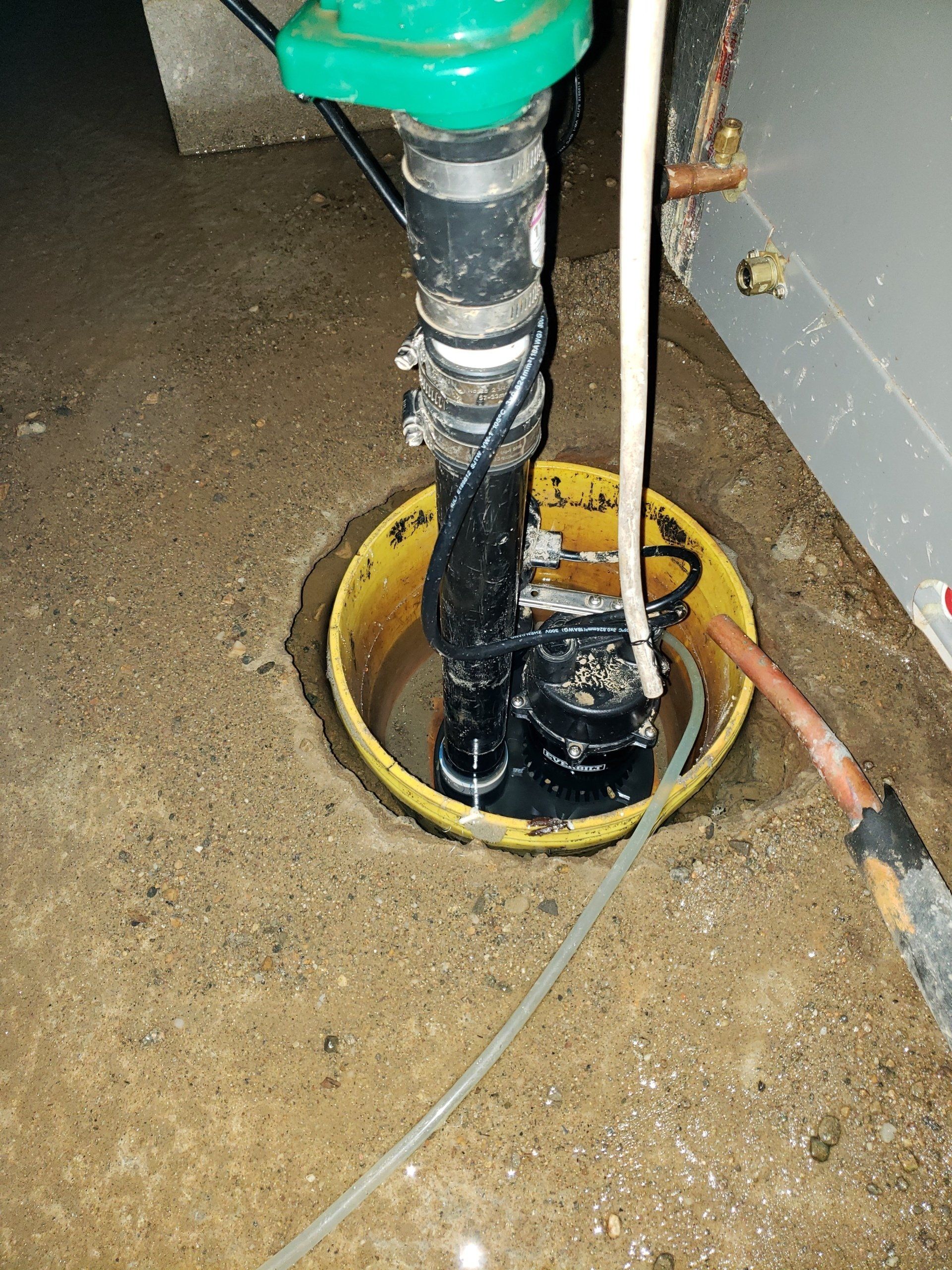
Share On: